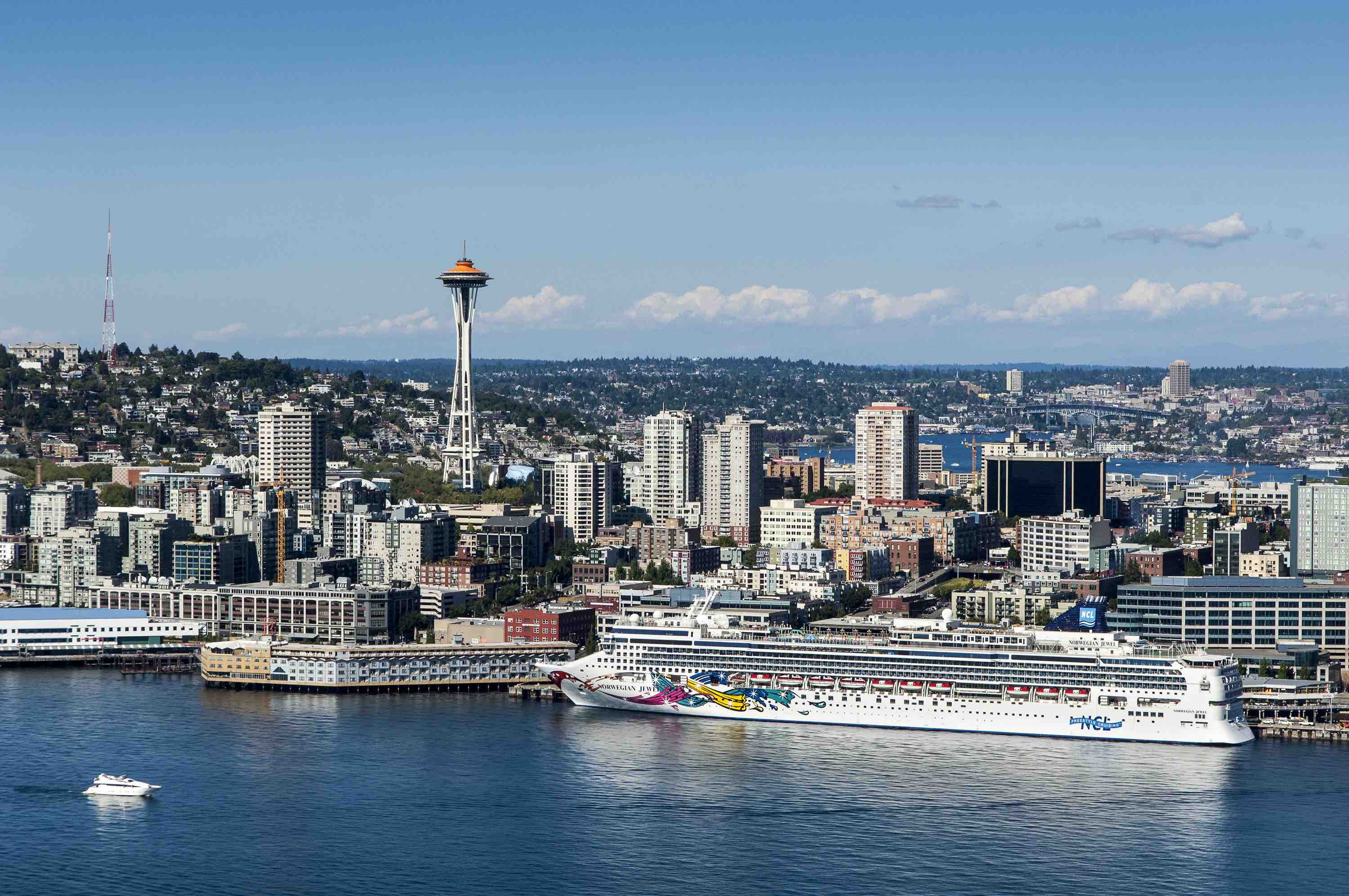Cruise tourism development requires being big ship ready. From a global perspective, one of the most critical factors influencing new cruise port planning and existing terminal redevelopment is the trend towards ever-larger cruise vessels. The World Association for Waterborne Transport Infrastructure (PIANC) reports that over the last 15 years, the average capacity of cruise ships has grown by 138% to 3,100 passengers, while average vessel length has increased by 50% up to 300mtr. Also, ships with a capacity of over 5,000 passengers, are becoming more and more common.
In response, the PIANC unveiled its first Guidelines for Cruise Terminals in 2016. The guide includes all the areas involved in cruise ship operations: elements on the maritime side, the wharf-side services area (apron), terminal building and land transport area. It also includes guidelines on security and financial and operational aspects. The guide sets out the various aspects to be defined before designing the maritime part of cruise terminals, such as the characteristics of the ships that the port expects to receive, approach and berthing manoeuvres, mooring and defence systems and the type of protection against erosion of propellers, among other details.
Cruise Tourism Development
Seattle
The Port of Seattle’s Michael McLaughlin, Director, Cruise and Maritime Operations indicated that planning for larger ships in his port commenced with an unprecedented partnership with the port working with a major cruise line. A crucial milestone was reached in 2015 when the Port signed 15-year lease/investment agreement with Norwegian Cruise Lines. The agreement calls for the expansion and modernization of the Terminal 66 cruise terminal facilities.
As the winner of Cruise Critic ‘Best North American Homeport – 2016’ the Port of Seattle has a well-earned reputation riding on a successful redevelopment project. Not shying away from the challenges, McLaughlin indicated that the Port applied some critical planning principles to the project. One of those principles agreed to by both the Port and NCL was that they did not need to construct a building with fancy features when the efficient movement of people to and from the ship was a priority at this single berth facility intended to handle big ships.
Victoria
Planning best practices deployed by the Greater Victoria Harbour Authority (GVHA and the Consultants (Stantec) during the creation of the Master Plan included developing an adaptable engagement plan, built on the International Association for Public Participation (IAP2) framework. It was structured to inform and communicate with well-informed members of the public, communicating regularly and factually. With municipalities increasingly relying on public consultation as essential part of decision making, this approach is critical in working with communities that are directly or indirectly affected by a Port’s activities and ultimately managing expectation. This combined, with developing a long-term development and technical plan that was accessible and understandable at many levels has provided opportunities for insight outside the industry that has helped shape the master plan as both instruments for marine development and outreach to the community.
Conclusion
Once Norwegian sails their new vessel the Norwegian Bliss into Seattle and Victoria in 2018, it will be another very, very public display of the new large ship era. The evidence from this April 2017 BC Shipping News article suggests that leaders in the cruise tourism development are up to the challenge of being big ship ready while simultaneously adapting to the cruise itinerary innovations and community concerns and values.

